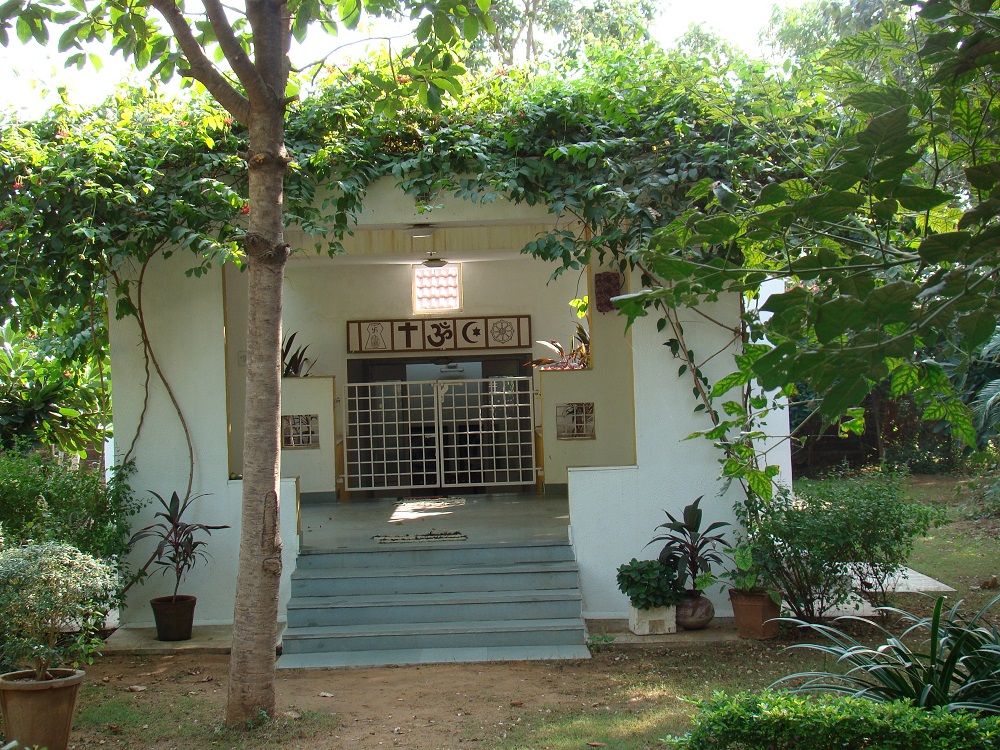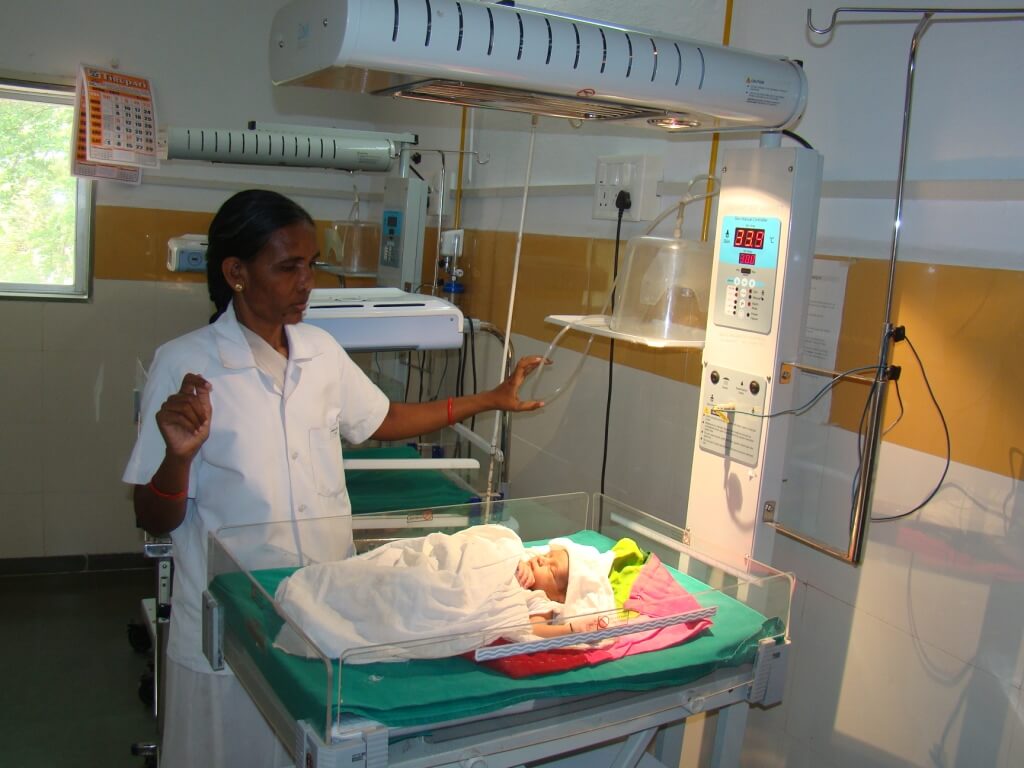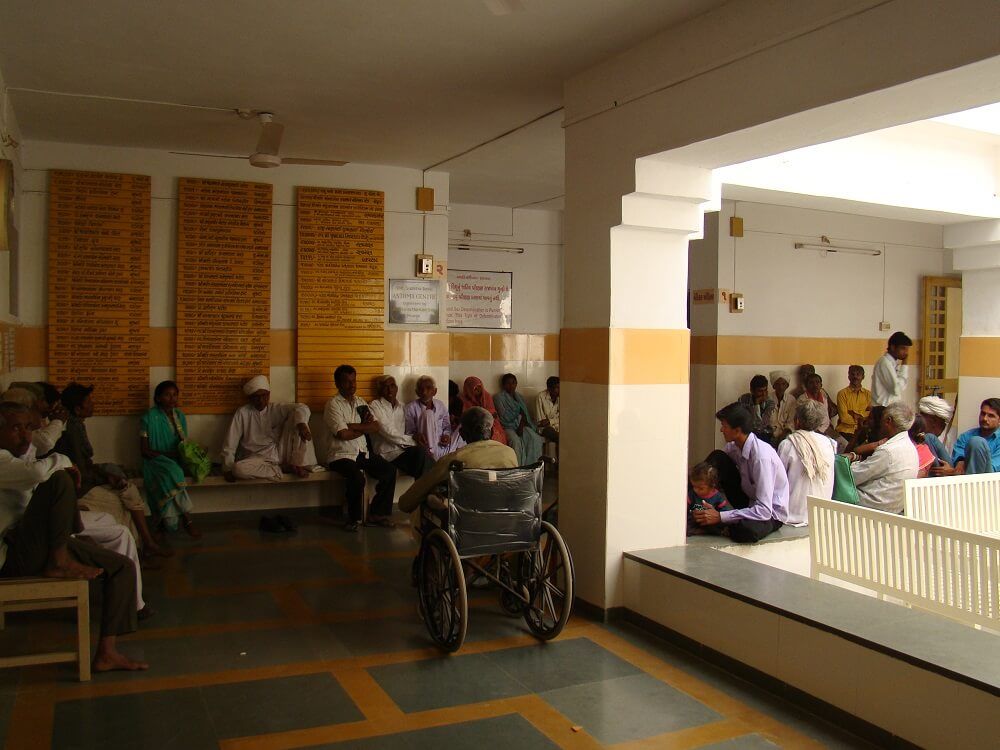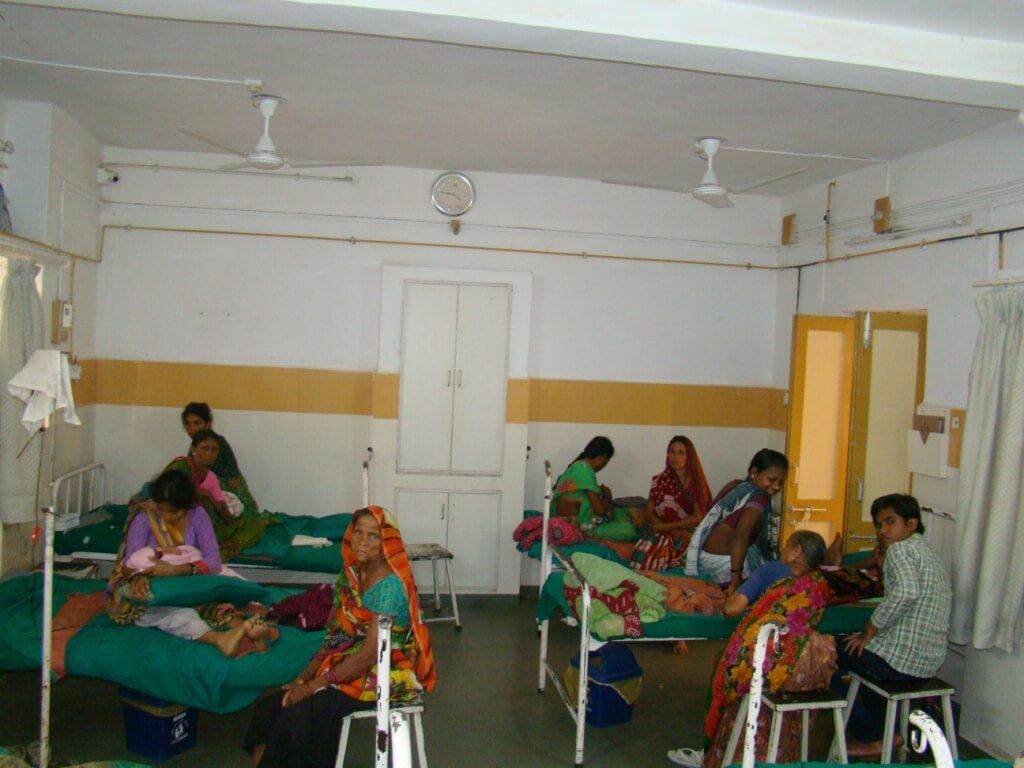ANJALI HOSPITAL
History
Activities of Anjali started in a rented house with Gramin Arogya Kendra ( Rural Health Center ) in Ranasan village on 29th January,1989.
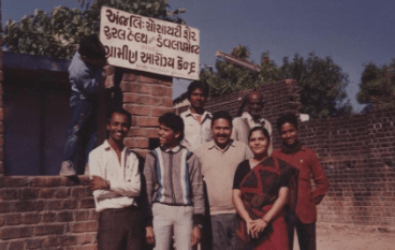
GraminArogya Kendra in rented house in Ranasan village- January,1989 to April,1992

GraminArogya Kendra Hospital
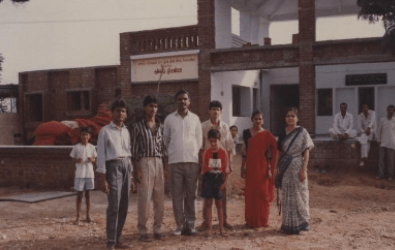
GraminArogya Kendra shifted to new premises in June,1992
The process of moving Anjali from a concept to reality got a big boost when a family of village Ranasan purchased and donated 3.5 acres of land in prime location and USA based Share & Care Foundation showed desire to assist Anjali in constructing hospital.
Construction on the donated land started in 1991, OPD block was inaugurated in 1992 and activities of Anjali shifted to OPD block. The construction of the hospital was completed in May 1993 and a 30 bed hospital was inaugurated and named Anjali Hospital on 16th May, 1993.
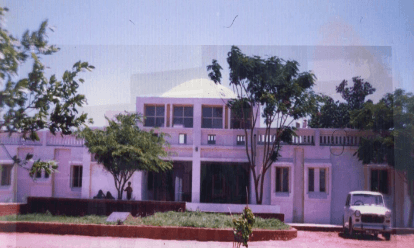
Anjali Hospital in 1993
Initial Vision:
Endeavour of Anjali was to develop subsidised, rational and ethical health services for the needy, underprivileged rural population. The services to be included initially were 24x7 emergency medical services, childbirth facility, regular daily OPD , admissions for common ailments including ailments of children and emergency patients, treatment facility for Tuberculosis patients, not for profit drug store, basic laboratory and x-Ray facilities. All these became possible under one roof with inauguration of 30 bedded Anjali Hospital. As the services and activities of Anjali Hospital became reliable, affordable and acceptable and convenient to the rural population of the area, some more facilities like residential accommodation for essential staff, Ambulance service, food facility for admitted patients, services of ophthalmic surgeon and operation theatre were added.
Anjali Hospital now is 75 bedded hospital with regular outpatient department, full time gynaecologist, ophthalmologist, dentist, four MBBS doctors and visiting surgeons, ENT specialists, dermatologist, orthopaedic surgeon and psychiatrist.
Hospital has all basic medical and patient related infrastructures like Stabilisation Unit (ICU), Emergency unit, labour room, three operation theatres, NBSU (New Born Stabilisation Unit), Medial laboratory, digital x-Ray, Isolation ward, post-operative ward, male, female, maternity and children wards, central oxygen generating unit,ambulance services, hospital laundry, online electric generator, residential accommodation for essential staff, hospital kitchen for supplying food to admitted patients, canteen and green surrounding.
Salient Features:
- Pro Poor Hospital System -- As the targeted people are economically backward, some basic patient friendly policy of “No Deposit No Refusal” have been put in place considering the reality that these poor people do not have ready liquidity and on such occasions they have to borrow money in emergency at huge interest rates. It is an in built system where the treating doctors and the staff identify such needy people and give concessions which is not revealed to the patients or their relatives and more importantly patients are not refused admission for incurable ailments and for those who need to go at higher centres but cannot go due to many genuine reasons. The maternal services (antenatal, intranatal & postnatal ) and new born care up to one year, are free of any charges including medicines. SICS cataract surgeries are free of any charge including medicines. To provide subsidized retina and glaucoma related services with discounted price, Anjali has started Retina and Glaucoma center from March 2021.
- Cheap Medicine -- Cost of medicines are the second most important factor in the affordability of medical treatment by the poor. Patients at Anjali Hospital get medicines at only 5-10% on the purchase price and in some of the vital drugs like Anti Snake Bite injections at a high subsidy. Along with generic drugs, rational use of drugs and subsidised drugs for Asthma, diabetes, hypertension, epilepsy, snake bite, poisoning, & tuberculosis makes the treatment affordable. The facility enables them to regularly take treatment and prevent complications.
- Elective Surgeries -- Common elective surgeries like circumcision, removal of small tumours & cysts, congenital hernia, hernia in adults, hydrocele, piles, fissure, fistulas and elective appendicitis, cesarean section are done on regular days, four times a week which has made the hospital sought after facility for such conditions. The hospital though situated in an interior rural village has become popular for cataract surgeries. About 2000 cataract surgeries are performed every year.
- Canteen & Rest Room -- As the patients come from distant towns/villages there is a facility of canteen which provide qualitative and affordable food to the relatives. Spacious and ventilated canteen give the OPD patients and relatives place to rest while waiting for their turn or laboratory test report.
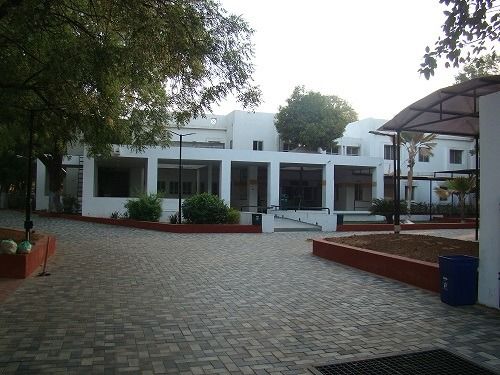
Anjali Hospital in 2018
Hospital Work At Glance:
| Service Particulars | 2018-19 | 2019-20 | 2020-21 | 2021-22 | 2022-23 |
| OPD Patients | 74669 | 68364 | 57662 | 66736 | 79107 |
| Average OPD | 242 | 212 | 179 | 217 | 258 |
| Emergency OPD | 3786 | 2429 | 2015 | 2663 | 2951 |
| Emergency Indoor | 1178 | 823 | 736 | 876 | 1097 |
| Beneficiaries of Economically weaker section in OPD | 86.02% | 87.27% | 86.35% | 85.29% | 85.72% |
| Indoor Patients | 4759 | 3106 | 3462 | 4797 | 7000 |
| Beneficiaries of Economically weaker section in Indoor | 89.66% | 92.95% | 87.20% | 86.91% | 88.14% |
| T.B.Detection Referred to DOT | 496 | 428 | 150 | 254 | 334 |
| Deliveries | 573 | 477 | 58 | 499 | 558 |
| Laboratory Tests | 80268 | 70528 | 47348 | 65983 | 85471 |
| X-Rays | 4022 | 4281 | 1489 | 3217 | 3941 |
| Total Operations | 2977 | 1843 | 2774 | 3577 | 4968 |
| Eye Operations | 2224 | 1114 | 2221 | 2942 | 4392 |
| Other Operations | 753 | 729 | 553 | 635 | 576 |
| Ambulance Visits | 5157 | 579 | 576 | 248 | 374 |
| Ante Natal Care | 713 | 5226 | 5689 | 5123 | 5168 |
| OPD-IPD |
Medicines | Medicines |
|||||
| NO. |
Years |
No of Patients |
Amount |
No of Patients |
Amount |
Total No of Patients given Concessional/ free treatment |
Total Amount of Concessional/ Free treatment given |
| 1 | 2018-2019 |
14629 |
8655504.3 |
15471 |
2488636.33 |
30100 |
11144140.65 |
| 2 | 2019-2020 |
13210 |
6246886.2 |
19340 |
2242937.11 |
35550 |
8489823.32 |
| 3 | 2020-2021 |
10066 |
7535858 |
16241 |
2072184 |
26307 |
9608042 |
| 4 | 2021-2022 |
9212 | 13211708 |
13145 |
2683558 |
22357 |
15895266 |
| 5 | 2022-2023 |
13481 |
26411263 |
11840 |
3604860 |
25321 |
30016123 |
Government Collaborations:
Though Anjali Hospital does not receive Government funds it does have few programmes which are run with the assistance of Government of Gujarat and Government of India like:
- National Blindness Control Programme
- Revised National Tuberculosis Control Program
- Public Private Partnership program in Maternal health Care
- Public Private Partnership program in Newborn care
- Ayushyaman Bharat PM JAY
vision now
To start with it was a primary care facility. The credibility established through regular, reliable, continuous and low cost health care services under one roof ,location in a small village and periodic addition of new services, availability of concessions and infrastructure made Anjali Hospital a reliable and affordable health care facility for the needy and the underprivileged. With the increase in patient population, secondary health care became a major part of hospital work.
With the present increase in patient population, the need for secondary health care facilities has considerably increased. The cost of hospital services have increased significantly all over and this rural area requires hospital facilities, located at village level which is subsidised hence affordable.

The rise in incidence and diagnosis of non-communicable diseases like Diabetes, Hypertension, Cancer, Chronic Respiratory conditions, heart problems, Kidney problems and many more also calls for such facility in order to meet the need of this group for long term treatment to avoid complications.
With introduction of health insurance programs by the government and more such programs likely to be added such a facility would be immensely beneficial to the rural needy population.
So a highly subsidised, secondary health care facility with ample number of beds, and availability of full time specialists like Physician, Paediatrician, Gynaecologist, Surgeon, orthopaedic surgeon, ophthalmologist , Dentist and Anaesthetist , visiting specialists in other major disciplines like ENT, Skin, Psychiatry, and various visiting super specialists, advanced investigative infrastructures along with ample number of counsellors should be the future of Anjali Hospital.
